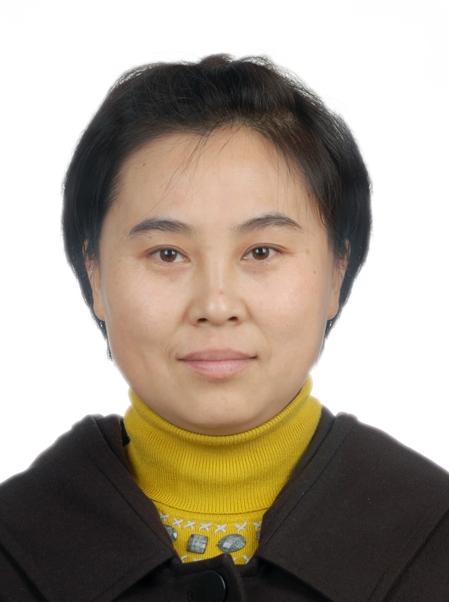Adsorption of a Typical Polycyclic Aromatic Hydrocarbon by Humic Substance in Water and the Effect of Coexisting Metal Ions
Affiliation of Author(s):
化学与化工学院
Journal:
Colloids and Surfaces A: Physicochemical and Engineering Aspects
Key Words:
中文关键字:腐殖酸;多环芳烃;蒽;吸附;;�π–π�电子给体受体作用,英文关键字:Humic acid;Polycyclic aromatic hydrocarbon;Anthrac
Abstract:
In order to gain understanding on the mechanism of adsorption of polycyclic aromatic carbons (PAHs) by humic substances, an experimental study was conducted using a commercial humic acid (HA) and several organics as model HA segments for investigating their interaction with anthracene. By FTIR and 3D fluorescence spectrometry, it was identified that the HA molecules were mainly composed of aromatic moieties with carboxyl and hydroxyl substitutes, as well as certain N-heteroaromatic rings. Using a series of anionic and nonionic resins, the HA was fractionated into 10 fractions each with distinct specific UV absorbance (UV254/TOC), carboxyl and hydroxyl contents, and apparent binding constant KOC. As a result, good correlative relationship was found between KOC and UV254/TOC, indicating that the affinity of
the HA for anthracene would be mainly affected by its aromaticity. Detailed investigations were further conducted using selected aromatic acids and heterocyclic compounds as model HA segments for reaction with anthracene. Evident information was obtained by FTIR, UV difference spectra and fluorescence spectroscopy on the obvious π–π electron donor–acceptor (EDA) interaction between the planar aromatic π electron systems of the model segments and anthracene. The protonated N-heterocyclic ring was identified as a stronger π�-acceptor than the benzene ring and would thus play important role for binding anthracene. LowerpHvalue and/or coexistence of certain divalent metal ions such as Cu2+ and Zn2+ tended to be more favorable for HA–anthracene binding due to the enhancement of the electron-withdrawal that
would promote the �π–π� EDA interaction.
